Top 11 photography trends of 2023
In the creative world of photography, trends are constantly evolving to keep up with technological advancements and cultural shifts. If you’re like us, you’re always searching for new ways to capture unique and innovative photos that reflect current trends and shape new ones.
This year is no exception, so we’re tracking 2023’s photography trends—which combine new-school novelty and old-school revival. To help inspire your craft in the visual arts, we’ll explore the top photography trends we bet will continue defining the year ahead.
1. Surrealism
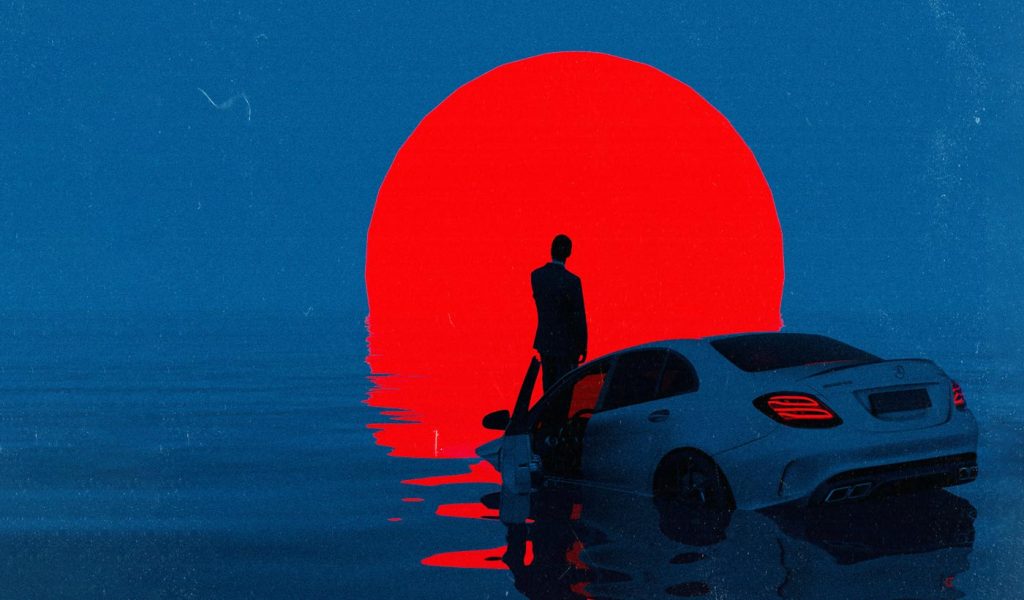
Merging conceptual and psychedelic photography genres, surrealism is an emerging trend that lends itself to limitless creativity. Surrealism extends beyond logic and reason, characterized by experimental and unconventional compositions. It often involves shooting and editing techniques like solarization, layering, rotation, distortion, and montage.
Surrealist photographers aim to produce images that challenge the viewer’s perception of reality and evoke a dreamlike or subconscious state. It’s not a trend for every photographer. But if you’re keen on this imaginative style, you’ll want to play with different shooting techniques and post-production edits.
How to shoot surrealism
To capture surrealism while shooting, start by experimenting with various perspectives, such as close-ups, textures, reflections, blurring, and different types of lighting, colors, and shadows.
In post-production, you can cut images in photomontages, making elements appear in improbable locations. Or play with seamless composites in Photoshop or Lightroom and layer multiple images into surreal landscapes. There are no rules to surrealism, so be creative in blending different ideas and moods, and don’t feel limited by traditional photography practices.
2. Aerial
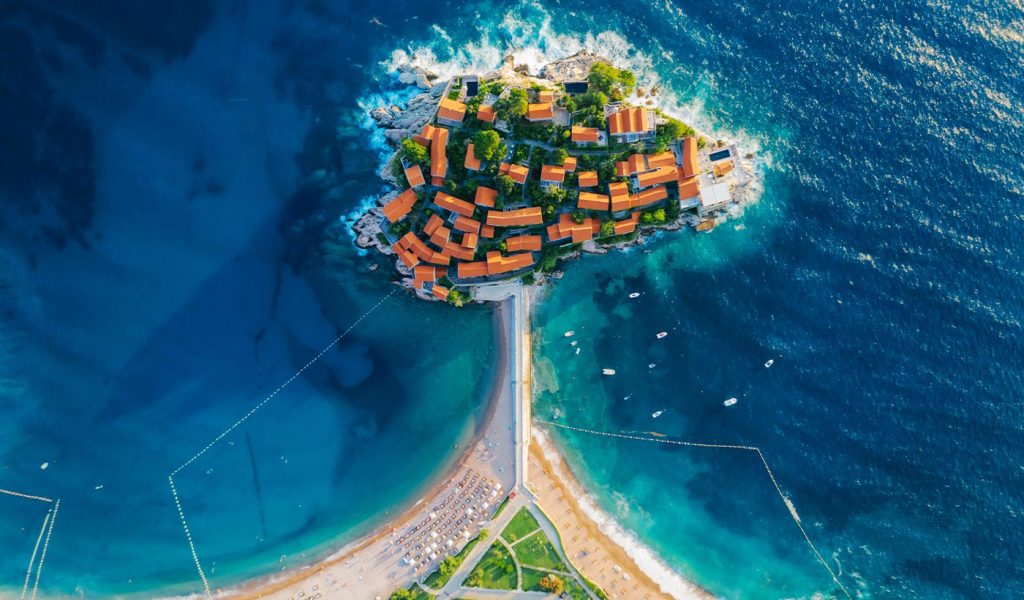
Unquestionably one of the biggest photography trends of 2023 is the use of drones to capture aerial photography and video. Drones or UAVs (unmanned aerial vehicles) have normalized bird’s eye captures previously only possible with expensive helicopters or airplanes.
This style, often used in the agriculture, construction, and filmmaking industries, enables photographers to shoot visually stunning landscapes on a large scale. But as drones become increasingly affordable and photo-adept, this technology is becoming more accessible and adopted by amateur and professional photographers alike.
How to shoot aerial
Investing in the right gear is essential when pursuing a craft in aerial photography. Camera drones have become the gold standard for aerial photos and video, but you’ll also want to consider lenses, focal length, and filter. While your lens choice will depend on what you’re shooting, a general-purpose zoom lens like a full-frame 24-105mm equivalent angle of view is a standard option.
If you’re using a drone, you must also learn the laws and regulations for flying drones in specific areas. It’s equally important to practice using your gear and master shooting from above. Learning requires experience and reps. So to achieve great results, you’ll need to hone your aerial photography skills with lots of trial and error.
3. Black and white with selective color
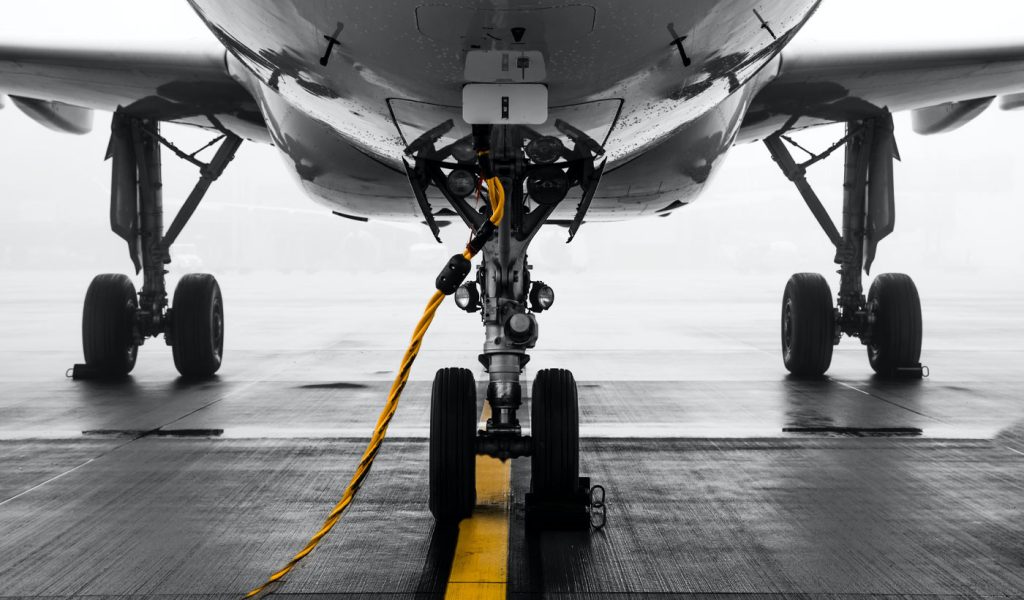
Selective color photography is a photo manipulation technique that converts a photograph from color to black and white while leaving a partial color accent in a specific area of the image. Largely underused by photographers, this process has gained traction lately for its ability to transform photos and produce original results.
Black and white photos with selective color, or color pop, is a trend that started in the late 2000s and has recently seen a resurgence. The increased availability of digital cameras and selective color apps like Color Pop Effects and Partial Color Master have popularized this trend. With easy-to-use apps, photographers can apply the effects quickly and nearly automatically.
How to shoot selective color
Selective color photography involves both mindful shooting and post-production editing. You’ll want to plan shots that feature eye-catching colors and contrasts, like a yellow rain jacket on a grey rainy day. Or you can highlight specific elements as an emphasis, like a single red car in a full parking lot. Keep your eyes open for natural color pops that grab your attention.
Once you’ve captured your vision, you can leverage technology to help do the rest. In addition to specialized apps, you can use Photoshop’s selective color technique to add a black-and-white adjustment layer and, later, the brush tool to paint over particular areas you want to keep in color.
4. Raw and unedited
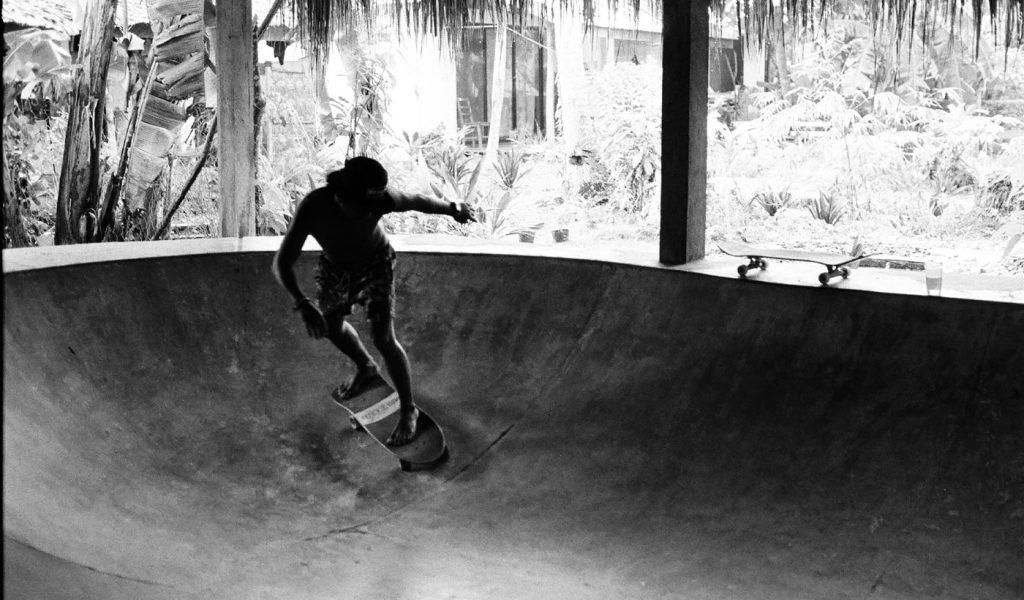
The raw and unedited photography trend involves capturing candid and genuine moments without editing or post-processing. Photographers opt for this style to highlight their subject’s natural, unfiltered beauty and produce more authentic and relatable images.
This trend differs from other genres because it directly reflects the photographer’s skills. Shooting this way, you can’t hide photo flaws with editing and touch-ups. Photographers gravitate toward this style as it fully displays their skills.
How to shoot raw and unedited
There are a couple of key tips to consider when honing your abilities in raw and unedited photography. First, experiment with shooting in raw format to capture the full range of natural brightness. Second, focus on getting the in-camera exposure right to eliminate any need for editing or post-production. As you get familiar with different lighting environments and exposure styles, you can become increasingly proficient at producing well-composed photos without editing.
5. Y2K aesthetic
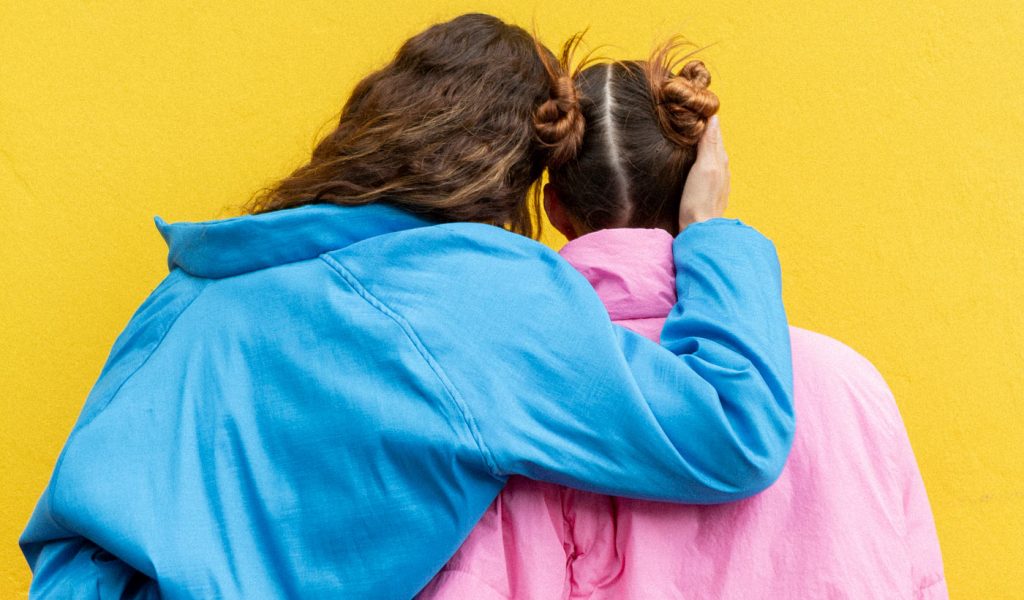
The Y2K aesthetic is a trending style in the photography world—defined by a blend of pop culture and technological futurism heavily influenced by the early internet. Inspired by the distinct visual style of the late 90s and early 2000s, you can recognize Y2K by its lo-fi graphics, bright neon colors, and techno-modern yet retro feel.
Making a loud comeback decades later, this trend’s aesthetic includes iridescent accents, chrome and metallic materials, neon lights, and plush textures. Bright bubblegum pink, lime green, vibrant blue, and hi-vis orange are popular colors that capture the Y2K look. Beyond just a popular photography trend, this look is carving an even deeper niche in fashion and design.
How to shoot the Y2K aesthetic:
To find your flow using the Y2K aesthetic, use thematic backdrops like airbrushed textures, holographic images, or geometric patterns. Steer clear of organic, minimalist, and monochromatic designs, and emphasize vibrant elements and props of the 2000s, like neon lights and iridescent materials blended with metallics, plastics, papers, and furs.
The Y2K mood is heavily fashion-forward, so bright tops and mini skirts, gaudy sunglasses, clean lines, and loud makeup choices are common features when rediscovering this photography style. You can also play with editing software like Picsart, popular for Y2K aesthetic-inspired edits.
6. Gradients
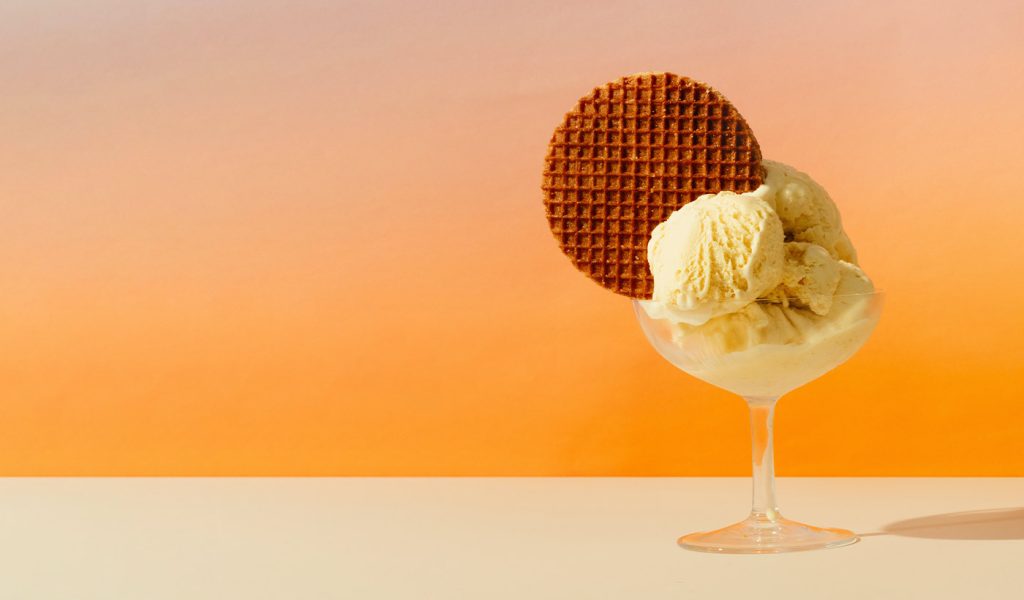
Adjacent to the Y2K vibe is the trending use of gradients and duotones in photography this year. This technique is common in various genres of graphic design and photography. A gradual transition of color or tone characterizes the look.
With the help of gradient tools and blend modes, photographers can drastically edit the mood of any photo. Bright and vibrant gradients make photos pop, while muted gradients soften the look of images. This photo trend for 2023 is desired among designers and photographers alike to add a sense of dimension and depth to their work.
How to shoot gradients
Gradient photography can be captured using specific studio lighting and photo editing techniques. For lighting, use a wide main light to create an even effect, and angle a strong secondary light above or in front of the subject to establish a balanced contrast. Angling the light can help control the location of the gradient and feather the shadow area into the receding background.
Gradients can be a powerful way to selectively boost an image’s exposure, color, and contrast. With more focused shots like product photography, try using a large softbox and a diffuser, like a sheet of plastic, to create a glossy gradient. You can also experiment with gradient filter tools available in photo editing software to create this effect.
7. Documentary photography
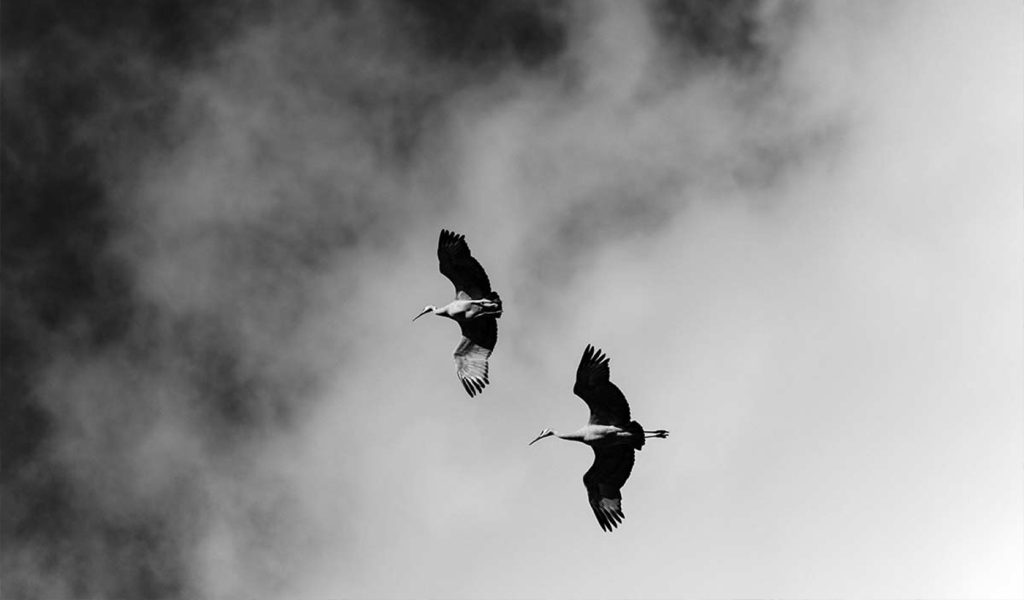
Traditionally, documentary photography is centered on capturing stories and chronicling events and raising awareness about real-life situations worldwide. It is a powerful medium for making a statement or inspiring action; its reality helps redefine how we perceive everyday life. This type of photography can unveil the hidden corners of particular cultures, showcase contemporary life, and even become part of the historical record.
But documentary photography doesn’t have to take the shape of a photojournalistic style. Rather, it’s a way of documenting any story, whether a local community or a couple of close friends.
Although it’s nothing new, documentary photography is trending this year because it’s giving artists a way to capture real-life moments and tell stories that might otherwise go untold. In a world where social media and digital manipulation have made it easier to alter images, documentary photography offers a sense of truthfulness and authenticity. It’s a vital way of witnessing world events and telling any story, from the catastrophic to the mundane.
How to shoot documentary
Documentary photography requires a camera with great image quality and color depth (yes, it can be your phone) and the skills to capture moments in time. Start by scouting locations and researching subjects you want to shoot. Once you’ve planned your story, use natural light when possible and practice shooting candidly and quickly.
Focus on details that evoke the emotion of your narrative. Don’t be afraid to get up close and shoot from a variety of angles for maximum impact. Finally, edit minimally and truthfully—documentary photography should accurately reflect reality.
8. Minimalism
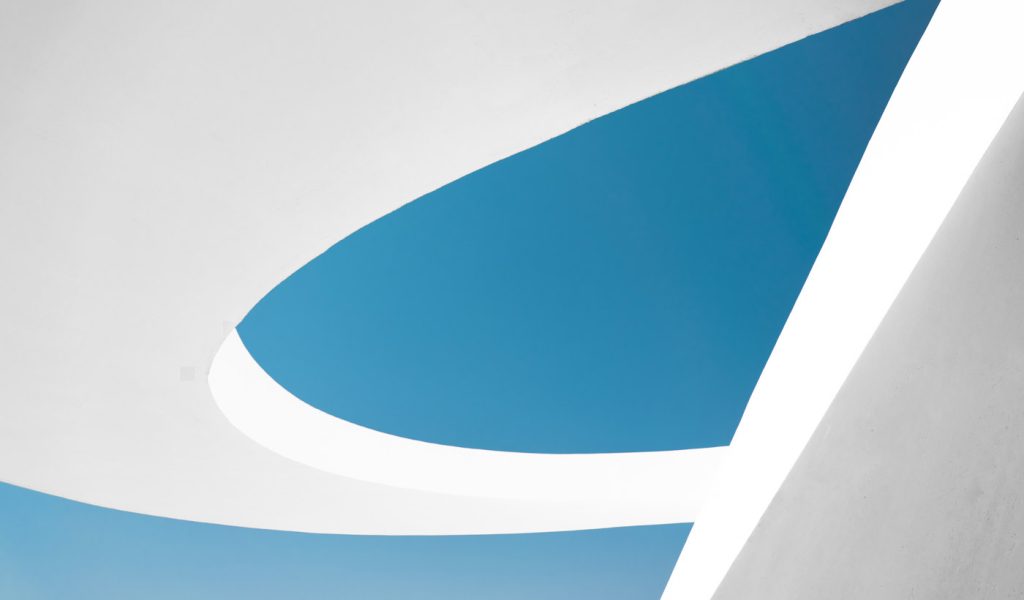
Minimalism photography is a trending style that uses fewer elements—like color, objects, shapes, and texture—to express a particular concept and create a distinctive visual impact. It’s unique from other styles, emphasizing sparseness and mindful composition, shying away from overabundance and excessive stimuli.
Minimalist photographers achieve this effect by using color palettes and elements that aren’t overly distracting and incorporating more negative space in the photo. It’s common in architecture, landscape photography, skyscapes, and still life.
How to shoot minimalism
Minimalism photography techniques rely on simplistic compositions, especially open space, focusing on the smallest number of objects. It’s about stripping a subject to its bare essence and emphasizing only the essentials. In practice, it’s important to focus on capturing a balanced composition while experimenting with different colors, textures, shapes, and lines.
9. Natural beauty
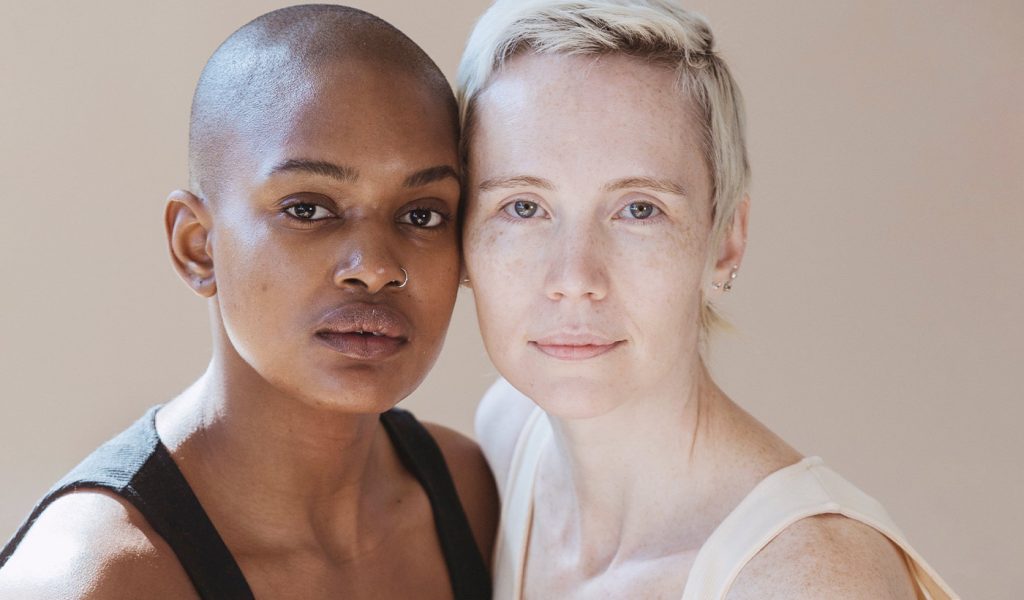
Natural beauty is an emerging photography movement that celebrates and empowers people from all walks of life. This trend reinforces themes of gender equality and realism, highlighting body positivity across race, sexual orientation, size, and age.
Humans of all shapes and sizes are worthy of being photographed. In advertising, the narrative of skinny, hairless, and airbrushed female models has evolved to feature more diversity and inclusion. Photographers foster trust to empower all models through photography, making them feel more comfortable and confident in front of the camera.
How to shoot natural beauty
Several techniques characterize natural beauty in photography. The common denominator is to showcase the genuine lure of the subject in a way that’s true to nature, concentrating on subjects and surroundings without artificial lighting, staging, or enhancements.
One simple approach is to use natural light, either direct or indirect. You can also shoot from unusual angles to create a unique perspective or take close-up shots to capture the subject’s true features. Try experimenting with a narrow aperture value to produce a sharp image with a deep field depth and use a manual exposure mode to control the image’s exposure settings more.
10. Political activism
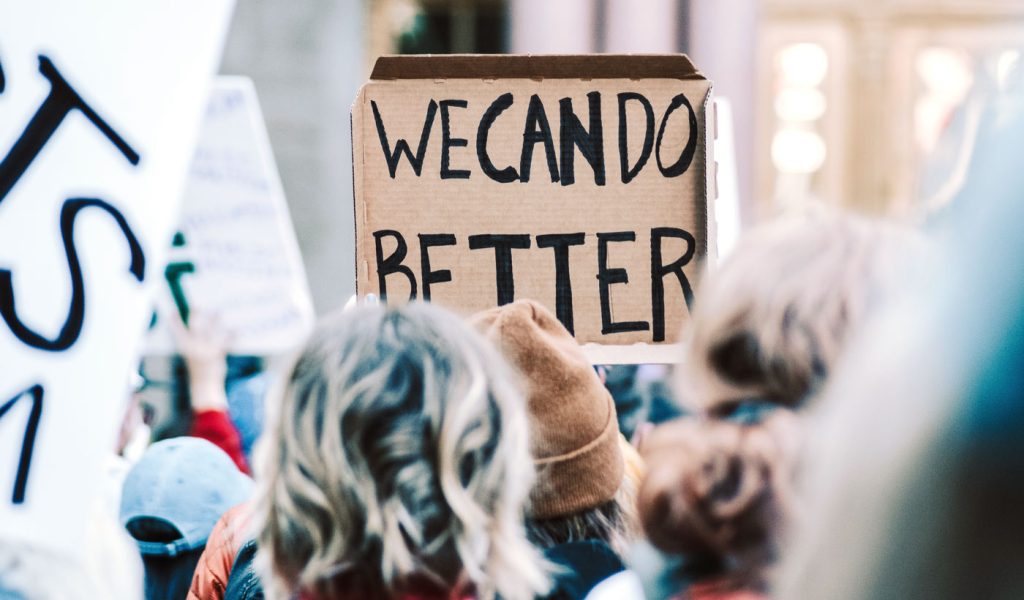
Following the continued heightening of political polarization, activism has become a powerful trend in photography. Photographers are leveraging their craft to promote social and political change, using their images to help raise awareness for causes and inspire action.
Social media platforms like Instagram have become effective tools for sharing activist photography, enabling users and media outlets to amplify their voices through compelling visual content. This has inspired many photographers to pivot their craft and take a boots-on-the-ground approach to pursue meaningful roles in photojournalism.
How to shoot political activism
The pursuit of activism through photography requires a presence at events or situations with social significance. Through them, you can capture honest and impactful images that help shape public opinion and inspire social policy. Not only is it crucial to have transparency and truthfulness in your work, but it’s important to be aware of the ethical implications when capturing photos of individuals in vulnerable situations and obtain consent whenever possible.
11. Film photography
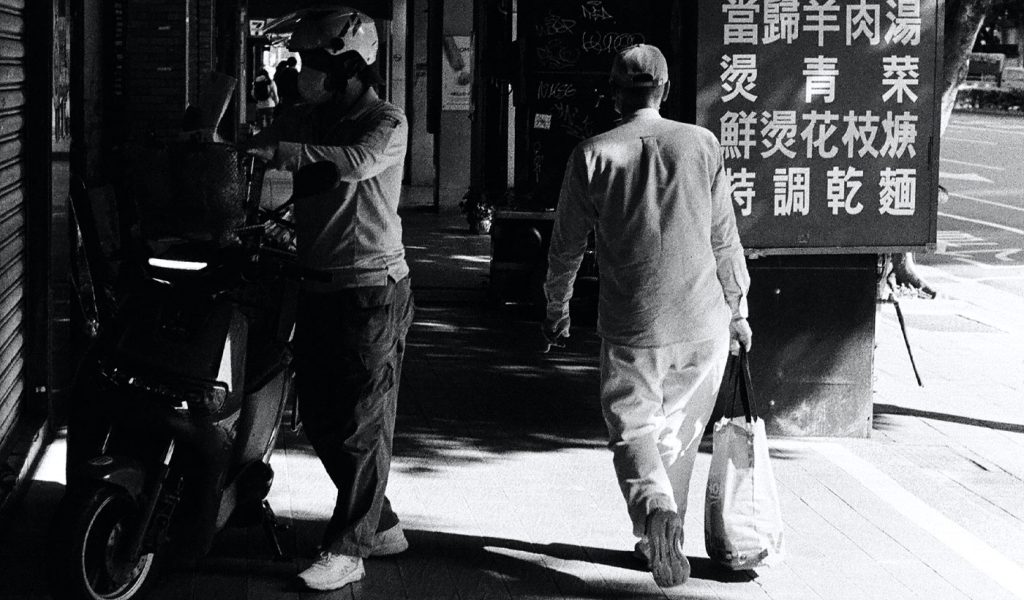
With a growing interest in analog technology and nostalgia, film photography has become a trending outlet. Film photography’s appeal is technical and emotional, with many people drawn to film cameras’ legacy and unique production quality.
The renewed demand for analog camera equipment has created a major supply chain shortage. Compounded by pandemic-induced delays, film manufacturers haven’t been able to keep pace with trending demands. Notable brands like Kodak and Fujifilm continue to struggle sourcing rolls of 35mm color film, analog film photographers’ most commonly used format.
Despite high prices and limited availability, film photography is booming in popularity. Large brands are pumping more resources to revive their film product lines, and even smaller manufacturers are aiming to release products of their own to meet the demand.
How to shoot film
If you’re looking to get into film photography, there’s never been a better time. With more options and resources available than ever before, you’ll be able to find the perfect fit for your creative projects—whether that’s a point-and-shoot Polaroid or classic 35mm camera.
Get familiar with the different types of cameras and sizes of film available, understand how to properly load your tool of choice, choose the right aperture and shutter speed settings, use a light meter to measure exposures accurately, and develop your rolls at home or send them out for lab processing.
Future trends in photography
It’s an exciting time in the photography industry. We’re seeing young photographers inspired by decades-old styles of the Y2K era; cultural trends in diversity, inclusion, and political activism; and new technologies that are redefining photography as we know it. Whether you’re a professional photographer or hobbist, there is plenty of inspiration to draw from.
Happy shooting!
***
At Blurb, we help photographers optimize their work by providing a range of photography resources focused on the craft. We also offer tools to help you create a photography portfolio and print your photo book to share.

